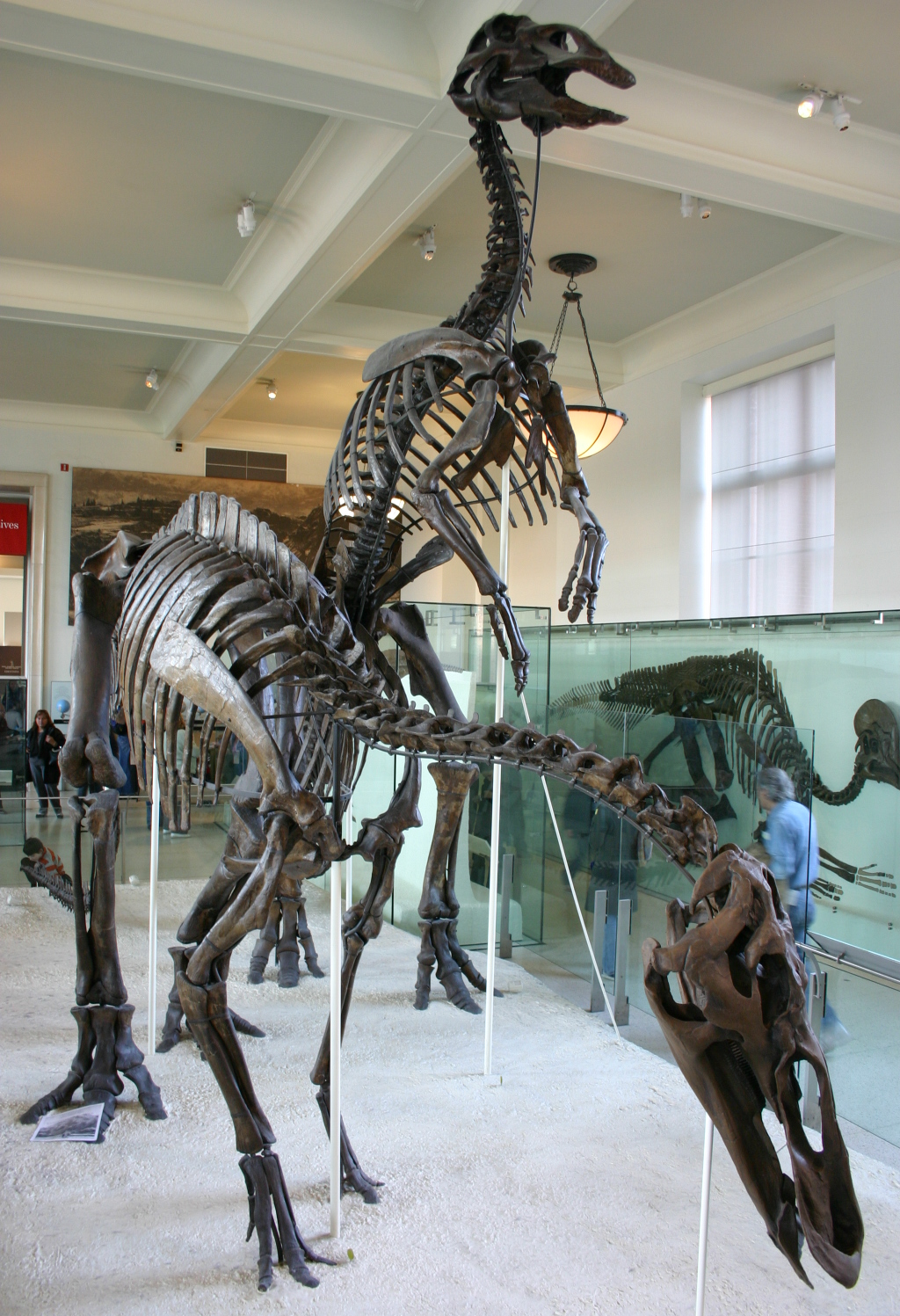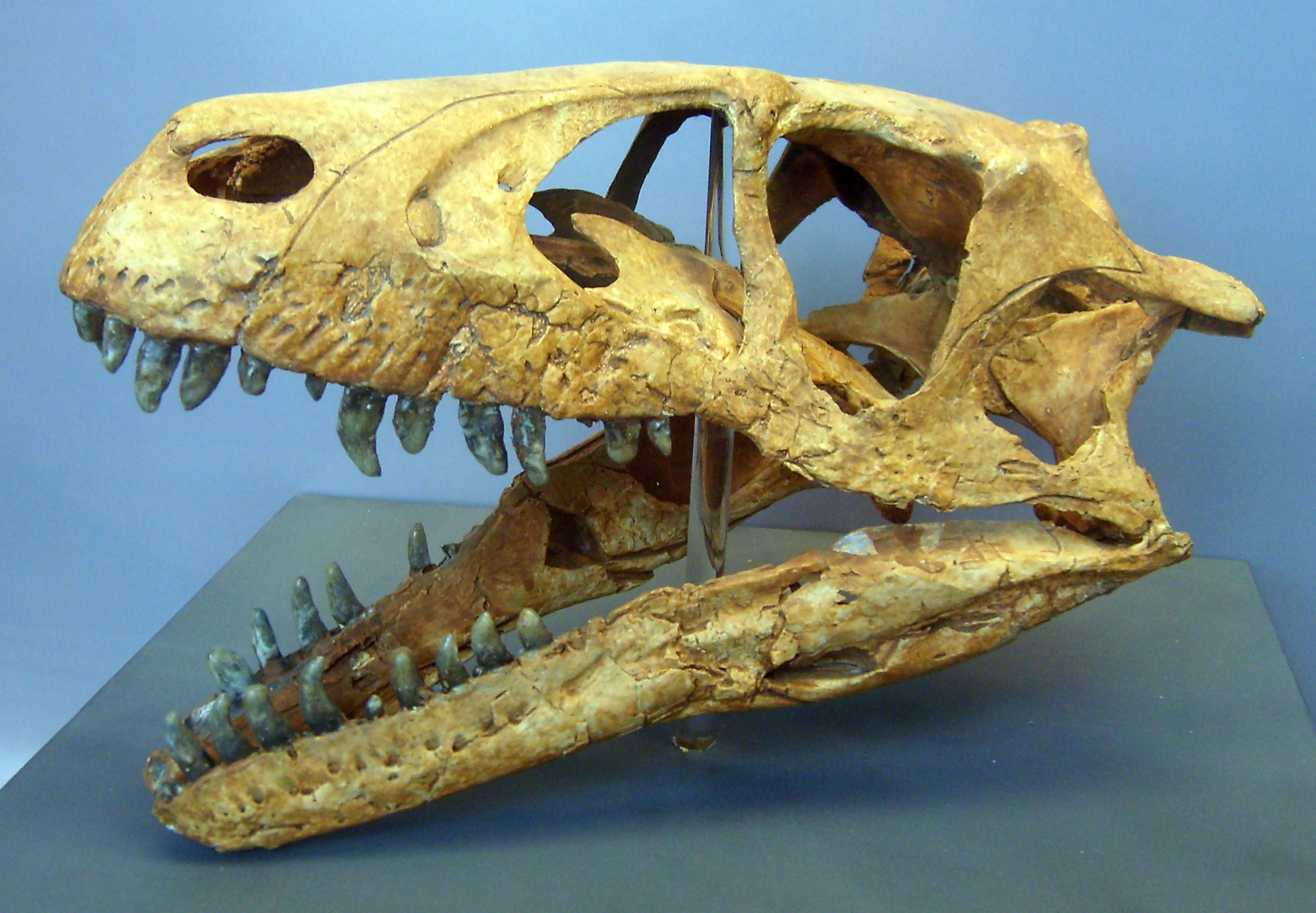|
Almond Formation
The Almond Formation is a geological Formation (geology), formation of Late Cretaceous (Late Campanian-Early Maastrichtian) Geochronology, age in Wyoming. It was deposited in marsh, river delta, deltaic, lagoonal, estuary, estuarine, and shallow marine environments along the western shore of the Western Interior Seaway. It consists primarily of fine- to medium-grain size, grained sandstone, siltstone, shale, and coal.Kieft, R.L., Hampton, G.J., Jackson, C.A.-L., and Larsen, E., 2011. Stratigraphic architecture of a net-transgressive marginal- to shallow-marine succession: Upper Almond Formation, Rock Springs Uplift, Wyoming, U.S.A. Journal of Sedimentary Research, vol. 81, p. 513-533. Fossils from the Almond Formation include remains of dinosaursWeishampel, David B; et al. (2004). "Dinosaur distribution (Late Cretaceous, North America)." In: Weishampel, David B.; Dodson, Peter; and Osmólska, Halszka (eds.): The Dinosauria, 2nd, Berkeley: University of California Press. Pp. 574-58 ... [...More Info...] [...Related Items...] OR: [Wikipedia] [Google] [Baidu] |
Geological Formation
A geological formation, or simply formation, is a body of rock having a consistent set of physical characteristics (lithology) that distinguishes it from adjacent bodies of rock, and which occupies a particular position in the layers of rock exposed in a geographical region (the stratigraphic column). It is the fundamental unit of lithostratigraphy, the study of strata or rock layers. A formation must be large enough that it can be mapped at the surface or traced in the subsurface. Formations are otherwise not defined by the thickness (geology), thickness of their rock strata, which can vary widely. They are usually, but not universally, tabular in form. They may consist of a single lithology (rock type), or of alternating beds of two or more lithologies, or even a heterogeneous mixture of lithologies, so long as this distinguishes them from adjacent bodies of rock. The concept of a geologic formation goes back to the beginnings of modern scientific geology. The term was used by ... [...More Info...] [...Related Items...] OR: [Wikipedia] [Google] [Baidu] |
Western Interior Seaway
The Western Interior Seaway (also called the Cretaceous Seaway, the Niobraran Sea, the North American Inland Sea, and the Western Interior Sea) was a large inland sea that split the continent of North America into two landmasses. The ancient sea, which existed from the early Late Cretaceous (100 million years ago) to the earliest Paleocene (66 Ma), connected the Gulf of Mexico, through the United States and Canada, to the Arctic Ocean. The two land masses it created were Laramidia to the west and Appalachia to the east. At its largest extent, it was deep, wide and over long. Origin and geology By Late-Cretaceous times, Eurasia and the Americas had separated along the south Atlantic, and subduction on the west coast of the Americas had commenced, resulting in the Laramide orogeny, the early phase of growth of the modern Rocky Mountains. The Western Interior Seaway may be seen as a downwarping of the continental crust ahead of the growing Laramide/Rockies mountain chain. ... [...More Info...] [...Related Items...] OR: [Wikipedia] [Google] [Baidu] |
Edmontonia
''Edmontonia'' is a genus of panoplosaurin nodosaurid dinosaur from the Late Cretaceous Period. It is part of the Nodosauridae, a family within Ankylosauria. It is named after the Edmonton Formation (now the Horseshoe Canyon Formation in Canada), the unit of rock where it was found. Description Size and general build ''Edmontonia'' was bulky, broad and tank-like. Its length has been estimated at about 6.6 m (22 ft). In 2010, Gregory S. Paul considered both main ''Edmontonia'' species, ''E. longiceps'' and ''E. rugosidens'', to be equally long at six metres and weigh three tonnes.Paul, G.S., 2010, ''The Princeton Field Guide to Dinosaurs'', Princeton University Press p. 238 ''Edmontonia'' had small, oval ridged bony plates on its back and head and many sharp spikes along its sides. The four largest spikes jutted out from the shoulders on each side, the second of which was split into subspines in ''E. rugosidens'' specimens. Its skull had a pear-like shape when view ... [...More Info...] [...Related Items...] OR: [Wikipedia] [Google] [Baidu] |
Dromaeosaurus
''Dromaeosaurus'' (, "running lizard") is a genus of dromaeosaurid theropod dinosaur which lived during the Late Cretaceous period (middle late Campanian and Maastrichtian), sometime between 80 and 69 million years ago, in Alberta, Canada and the western United States. The type species is ''Dromaeosaurus albertensis'', which was described by William Diller Matthew and Barnum Brown in 1922. Its fossils were unearthed in the Dinosaur Park Formation. Teeth attributed to this genus have been found in the Prince Creek Formation. ''Dromaeosaurus'' is the type genus of both Dromaeosauridae and Dromaeosaurinae, which include many genera with similar characteristics to ''Dromaeosaurus'' such as possibly its closest relative ''Dakotaraptor''. ''Dromaeosaurus'' was heavily built, more so than other dromaeosaurs that are similar in size, like ''Velociraptor''. Discovery and naming Despite receiving widespread attention in popular books on dinosaurs, and the usage of a complete mounted skelet ... [...More Info...] [...Related Items...] OR: [Wikipedia] [Google] [Baidu] |
Almond Formation Ceratopsian
The almond (''Prunus amygdalus'', syn. ''Prunus dulcis'') is a species of tree native to Iran and surrounding countries, including the Levant. The almond is also the name of the edible and widely cultivated seed of this tree. Within the genus ''Prunus'', it is classified with the peach in the subgenus ''Amygdalus'', distinguished from the other subgenera by corrugations on the shell (endocarp) surrounding the seed. The fruit of the almond is a drupe, consisting of an outer hull and a hard shell with the seed, which is not a true nut. ''Shelling'' almonds refers to removing the shell to reveal the seed. Almonds are sold shelled or unshelled. Blanched almonds are shelled almonds that have been treated with hot water to soften the seedcoat, which is then removed to reveal the white embryo. Once almonds are cleaned and processed, they can be stored over time. Almonds are used in many food cuisines, often featuring prominently in desserts, such as marzipan. The almond tree prosp ... [...More Info...] [...Related Items...] OR: [Wikipedia] [Google] [Baidu] |
Thescelosaurus Filamented
''Thescelosaurus'' ( ; ancient Greek - (''-'') meaning "godlike", "marvellous", or "wondrous" and (') "lizard") was a genus of small neornithischian dinosaur that appeared at the very end of the Late Cretaceous period in North America. It was a member of the last dinosaurian fauna before the Cretaceous–Paleogene extinction event around 66 million years ago. The preservation and completeness of many of its specimens indicate that it may have preferred to live near streams. This bipedal neornithischian is known from several partial skeletons and skulls that indicate it grew to between 2.5 and 4.0 meters (8.2 to 13.1 ft) in length on average. It had sturdy hind limbs, small wide hands, and a head with an elongate pointed snout. The form of the teeth and jaws suggest a primarily herbivorous animal. This genus of dinosaur is regarded as a specialized neornithischian, traditionally described as a hypsilophodont, but more recently recognized as distinct from '' Hyps ... [...More Info...] [...Related Items...] OR: [Wikipedia] [Google] [Baidu] |
Anatotitan BW
''Edmontosaurus annectens'' (meaning "connected lizard from Edmonton") is a species of flat-headed and duck-billed (hadrosaurid) dinosaur from the very end of the Cretaceous Period, in what is now North America. Remains of ''E. annectens'' have been preserved in the Frenchman, Hell Creek, and Lance Formations. All of these formations are dated to the late Maastrichtian stage of the Late Cretaceous Period, representing the last three million years before the extinction of the dinosaurs (between 68 and 66 million years agoHoltz, Thomas R. Jr. (2012) ''Dinosaurs: The Most Complete, Up-to-Date Encyclopedia for Dinosaur Lovers of All Ages,'Winter 2011 Appendix./ref>). ''E. annectens'' is also found in the Laramie Formation, and magnetostratigraphy suggests an age of 69-68 Ma for the Laramie Formation.*Hicks, J.F., Johnson, K.R., Obradovich, J. D., Miggins, D.P., and Tauxe, L. 2003. Magnetostratigraphyof Upper Cretaceous (Maastrichtian) to lower Eocene strata of the Denver Basin ... [...More Info...] [...Related Items...] OR: [Wikipedia] [Google] [Baidu] |
Edmontonia Dinosaur
''Edmontonia'' is a genus of panoplosaurin nodosaurid dinosaur from the Late Cretaceous Period. It is part of the Nodosauridae, a family within Ankylosauria. It is named after the Edmonton Formation (now the Horseshoe Canyon Formation in Canada), the unit of rock where it was found. Description Size and general build ''Edmontonia'' was bulky, broad and tank-like. Its length has been estimated at about 6.6 m (22 ft). In 2010, Gregory S. Paul considered both main ''Edmontonia'' species, ''E. longiceps'' and ''E. rugosidens'', to be equally long at six metres and weigh three tonnes.Paul, G.S., 2010, ''The Princeton Field Guide to Dinosaurs'', Princeton University Press p. 238 ''Edmontonia'' had small, oval ridged bony plates on its back and head and many sharp spikes along its sides. The four largest spikes jutted out from the shoulders on each side, the second of which was split into subspines in ''E. rugosidens'' specimens. Its skull had a pear-like shape when vi ... [...More Info...] [...Related Items...] OR: [Wikipedia] [Google] [Baidu] |
Dromaeosaurus Restoration
''Dromaeosaurus'' (, "running lizard") is a genus of Dromaeosauridae, dromaeosaurid theropod dinosaur which lived during the Late Cretaceous period (middle late Campanian and Maastrichtian), sometime between 80 and 69 million years ago, in Alberta, Canada and the western United States. The type (biology), type species is ''Dromaeosaurus albertensis'', which was described by William Diller Matthew and Barnum Brown in 1922 in paleontology, 1922. Its fossils were unearthed in the Dinosaur Park Formation. Teeth attributed to this genus have been found in the Prince Creek Formation. ''Dromaeosaurus'' is the type genus of both Dromaeosauridae and Dromaeosaurinae, which include many genera with similar characteristics to ''Dromaeosaurus'' such as possibly its closest relative ''Dakotaraptor''. ''Dromaeosaurus'' was heavily built, more so than other dromaeosaurs that are similar in size, like ''Velociraptor''. Discovery and naming Despite receiving widespread attention in popular books o ... [...More Info...] [...Related Items...] OR: [Wikipedia] [Google] [Baidu] |
Anchiceratops
''Anchiceratops'' ( ) is an extinct genus of chasmosaurinae, chasmosaurine ceratopsid dinosaur that lived approximately 72 to 71 million years ago during the latter part of the Cretaceous Period (geology), Period in what is now Alberta, Canada. ''Anchiceratops'' was a medium-sized, heavily built, ground-dwelling, quadrupedal herbivore that could grow up to an estimated long. Its skull featured two long brow horns and a short horn on the nose. The skull frill was elongated and rectangular, its edges adorned by coarse triangular projections. About a dozen skulls of the genus have been found. History of discovery The first remains of ''Anchiceratops'' were discovered along the Red Deer River in the Provinces and territories of Canada, Canadian province of Alberta in 1912 by an expedition led by Barnum Brown. The holotype, specimen AMNH 5251, is the back half of a skull, including the long frill, and two other partial skulls, specimens AMNH 5259 (the paratype) and AMNH 5273, were f ... [...More Info...] [...Related Items...] OR: [Wikipedia] [Google] [Baidu] |
Dinosaur
Dinosaurs are a diverse group of reptiles of the clade Dinosauria. They first appeared during the Triassic period, between 243 and 233.23 million years ago (mya), although the exact origin and timing of the evolution of dinosaurs is the subject of active research. They became the dominant terrestrial vertebrates after the Triassic–Jurassic extinction event 201.3 mya; their dominance continued throughout the Jurassic and Cretaceous periods. The fossil record shows that birds are feathered dinosaurs, having evolved from earlier theropods during the Late Jurassic epoch, and are the only dinosaur lineage known to have survived the Cretaceous–Paleogene extinction event approximately 66 mya. Dinosaurs can therefore be divided into avian dinosaurs—birds—and the extinct non-avian dinosaurs, which are all dinosaurs other than birds. Dinosaurs are varied from taxonomic, morphological and ecological standpoints. Birds, at over 10,700 living species ... [...More Info...] [...Related Items...] OR: [Wikipedia] [Google] [Baidu] |










